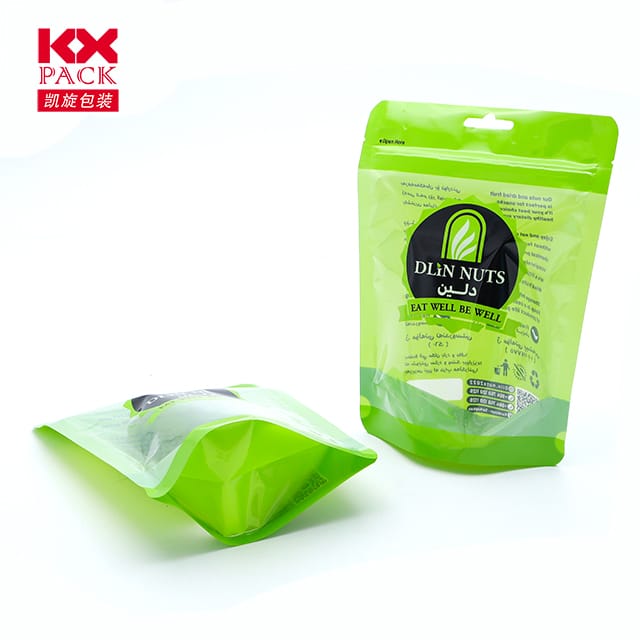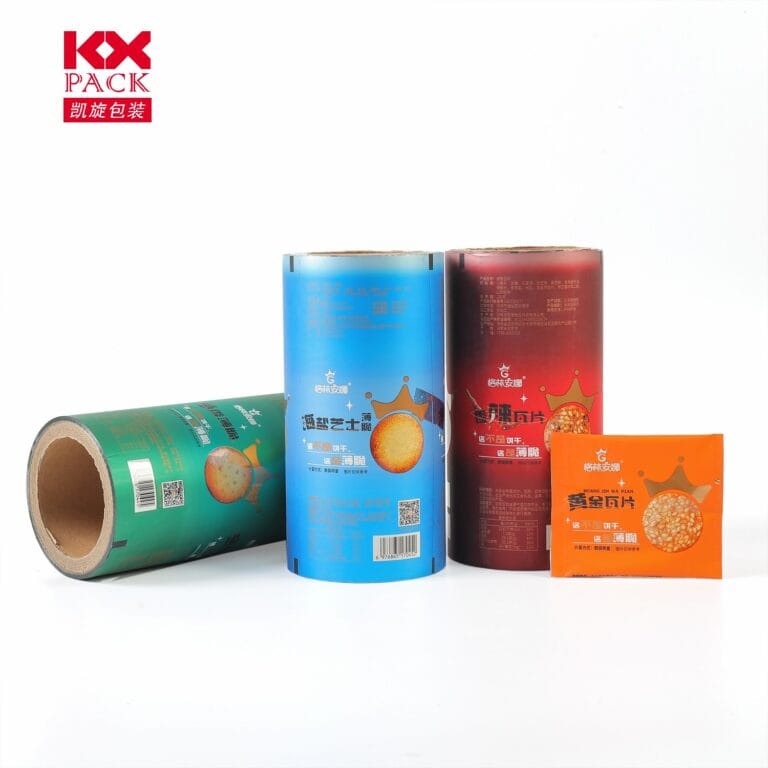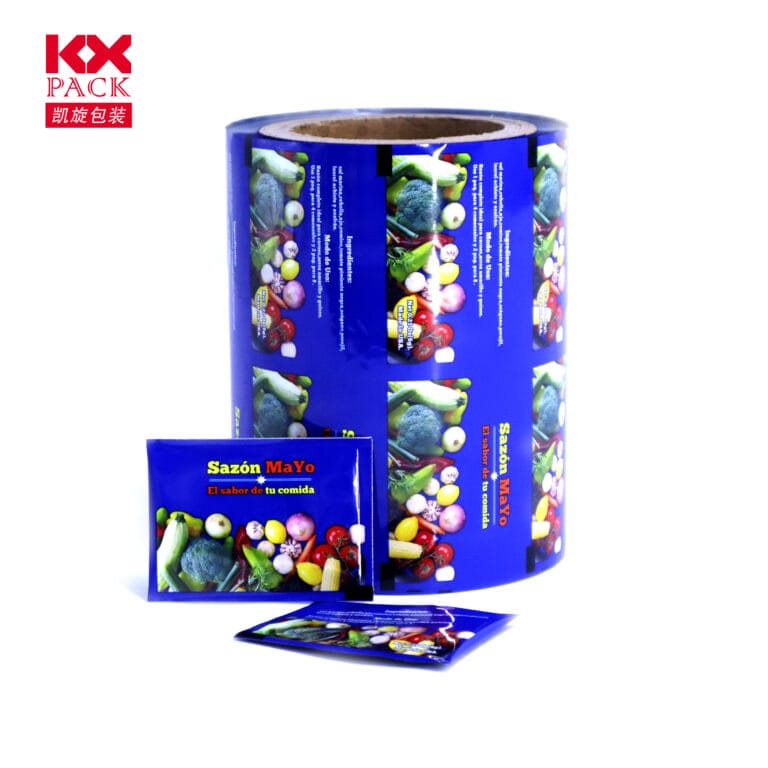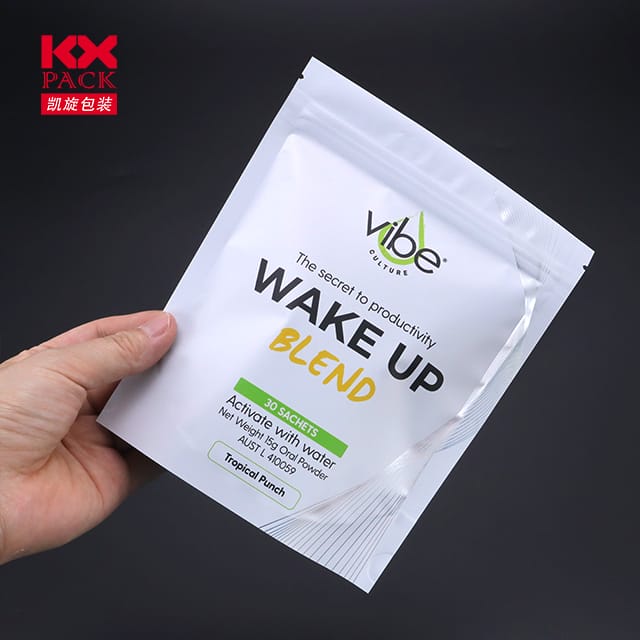Еволюцията и значението на филма за пакет с храни: Осигуряване на безопасност, Устойчивост, и удобство (2)
Food Package Film
В днешния забързан свят, food package film plays a pivotal role in preserving the quality, безопасност, and accessibility of the food we consume daily. From the crisp vegetables in your refrigerator to the ready-to-eat snacks in your pantry, това тънко, often overlooked layer is a marvel of modern engineering. Let’s dive into why food package film matters, its technological advancements, and the growing focus on sustainability.
1. The Core Functions of Food Package Film
Food package film isn’t just about wrapping; it’s a science-backed solution designed to:
- Extend Shelf Life: By acting as a barrier against oxygen, влага, и замърсители, films like polyethylene (PE), Полипропилен (ПП), and biodegradable alternatives slow down spoilage and maintain freshness.
- Preserve Nutritional Value: Advanced films can block UV light and control gas exchange, preventing the degradation of vitamins and flavors in packaged foods.
- Ensure Food Safety: Hermetic seals created by these films shield products from pathogens, reducing the risk of foodborne illnesses.
- Enhance Convenience: Resealable zippers, easy-tear designs, and microwave-safe materials make modern packaging user-friendly.
2. Innovations Driving the Industry
The food packaging sector is constantly evolving, with breakthroughs in:
- Активна опаковка: Films embedded with antioxidants, Антимикробни средства, or oxygen scavengers actively preserve food quality. Например, a film containing iron-based oxygen absorbers can extend the shelf life of meat by days.
- Интелигентно опаковане: Sensors integrated into films detect spoilage by monitoring gases like CO₂ or pH changes, alerting consumers to freshness.
- Nanotechnology: Ultra-thin nanocomposite films offer superior barrier properties while using less material, намаляване на отпадъците.
- Biodegradable Materials: Eco-friendly options like polylactic acid (PLA), derived from corn starch, and seaweed-based films are gaining traction as alternatives to traditional plastics.
3. The Sustainability Challenge
While food package film is indispensable, its environmental impact is a growing concern. Single-use plastics contribute to pollution, and recycling rates remain low. въпреки това, the industry is rising to the challenge:
- Компостируеми филми: Brands are adopting materials that break down naturally in home compost systems, reducing landfill waste.
- Recyclable and Mono-Material Solutions: Simplifying packaging to use a single type of polymer (e.g., all-PE films) improves recyclability.
- Леко тегло: Reducing film thickness without compromising strength cuts down on raw material use and transportation emissions.
- Circular Economy Initiatives: Companies are exploring take-back programs and partnerships with recyclers to close the loop on packaging waste.
4. Consumer Trends Shaping the Future
Today’s shoppers are more conscious than ever, demanding:
- Прозрачност: Clear labeling about packaging materials and recyclability.
- Minimalism: Eco-conscious consumers prefer less packaging and bulk-buying options.
- Functionality with Purpose: Films that not only protect food but also align with values like zero waste.
Заключение: A Balancing Act
Food package film is a testament to human ingenuity—it keeps our food safe, reduces waste, and adapts to our evolving needs. въпреки това, the path forward requires innovation, сътрудничество, и ангажимент за устойчивост. Като потребители, we can support brands prioritizing eco-friendly packaging, while manufacturers must invest in greener technologies.
The next time you unwrap a snack or store leftovers, take a moment to appreciate the science behind that thin layer of film. It’s not just packaging; it’s a guardian of quality, a shield against waste, and a symbol of our journey toward a more sustainable future.
What’s your take on food packaging? Споделете мислите си в коментарите по -долу! 🌱🍴







